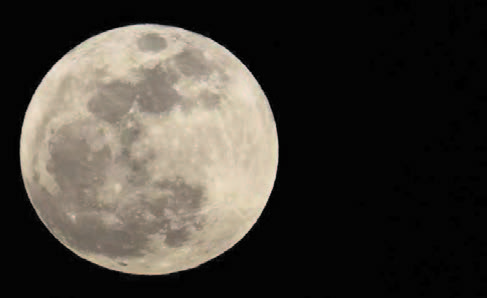
LONDON (TIP): An advanced laser system offering incredibly faster data speeds to link with spacecraft beyond the Earth has successfully passed a crucial ground test, scientists say. European Space Agency ESA’s observatory in Spain will use the laser to communicate with a Nasa Moon orbiter later this year. The laboratory testing paves the way for a live space demonstration in October, once Nasa’s Lunar Atmosphere and Dust Environment Explorer (LADEE) begins orbiting the Moon. LADEE carries a terminal that can transmit and receive pulses of laser light.
ESA’s Optical Ground Station on Tenerife will relay data at unprecedented rates using infrared light beams at a wavelength similar to that used in fiber-optic cables on Earth. “The testing went as planned, and while we identified a number of issues, we’ll be ready for LADEE’s mid-September launch,” said Zoran Sodnik, manager for ESA’s Lunar Optical Communication Link project.
“Our ground station will join two NASA stations communicating with the LADEE Moon mission, and we aim to demonstrate the readiness of optical communication for future missions to Mars or anywhere else in the Solar System,” Sodnik said. The testing took place in July at a Zurich, Switzerland, facility owned by ESA’s industrial partner RUAG and made use of a new detector and decoding system, a ranging system and a transmitter.
A Nasa team brought over their laser terminal simulator, while ESA together with RUAG and Axcon of Denmark set up the European equipment to test compatibility between the two sets of hardware. “This interagency optical compatibility test was the first of its kind, and it established the uplink, downlink and the ranging measurement,” said ESA’s Klaus- Juergen Schulz, responsible for ground station systems at the European Space Operations Centre, Darmstadt.
Laser communications at nearinfrared wavelengths may be the way of the future when it comes to downloading massive amounts of data from spacecraft orbiting Earth, Mars or even more distant planets, researchers said. These units are lighter, smaller and need less power than today’s radio systems, promising to cut mission costs and provide opportunities for new science payloads.





Be the first to comment